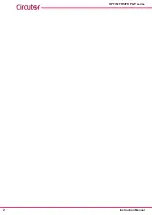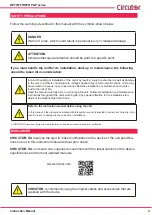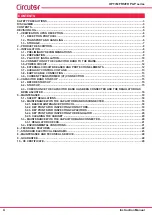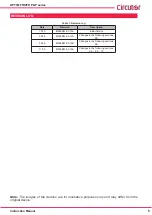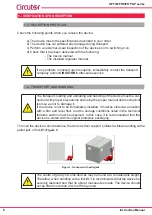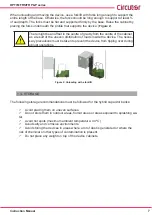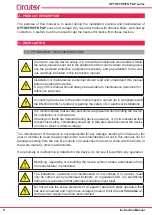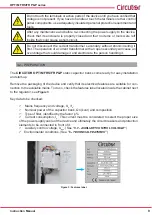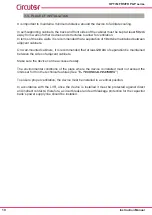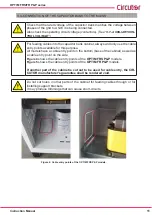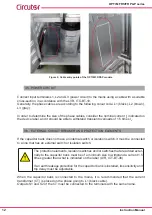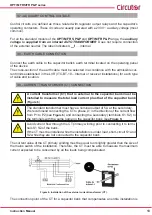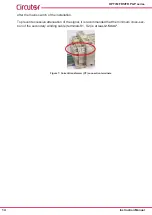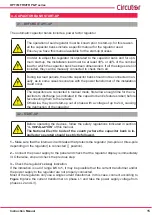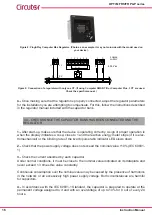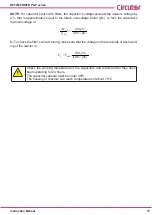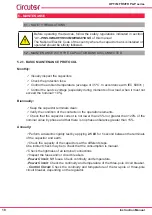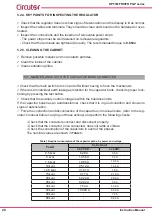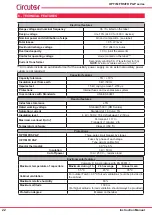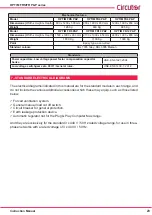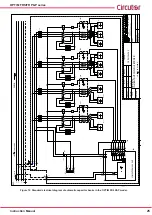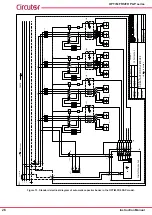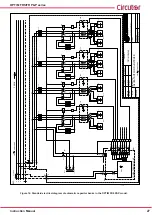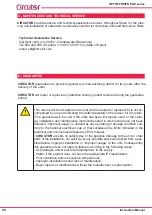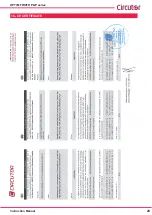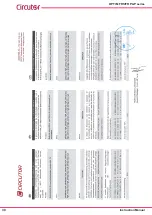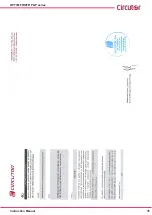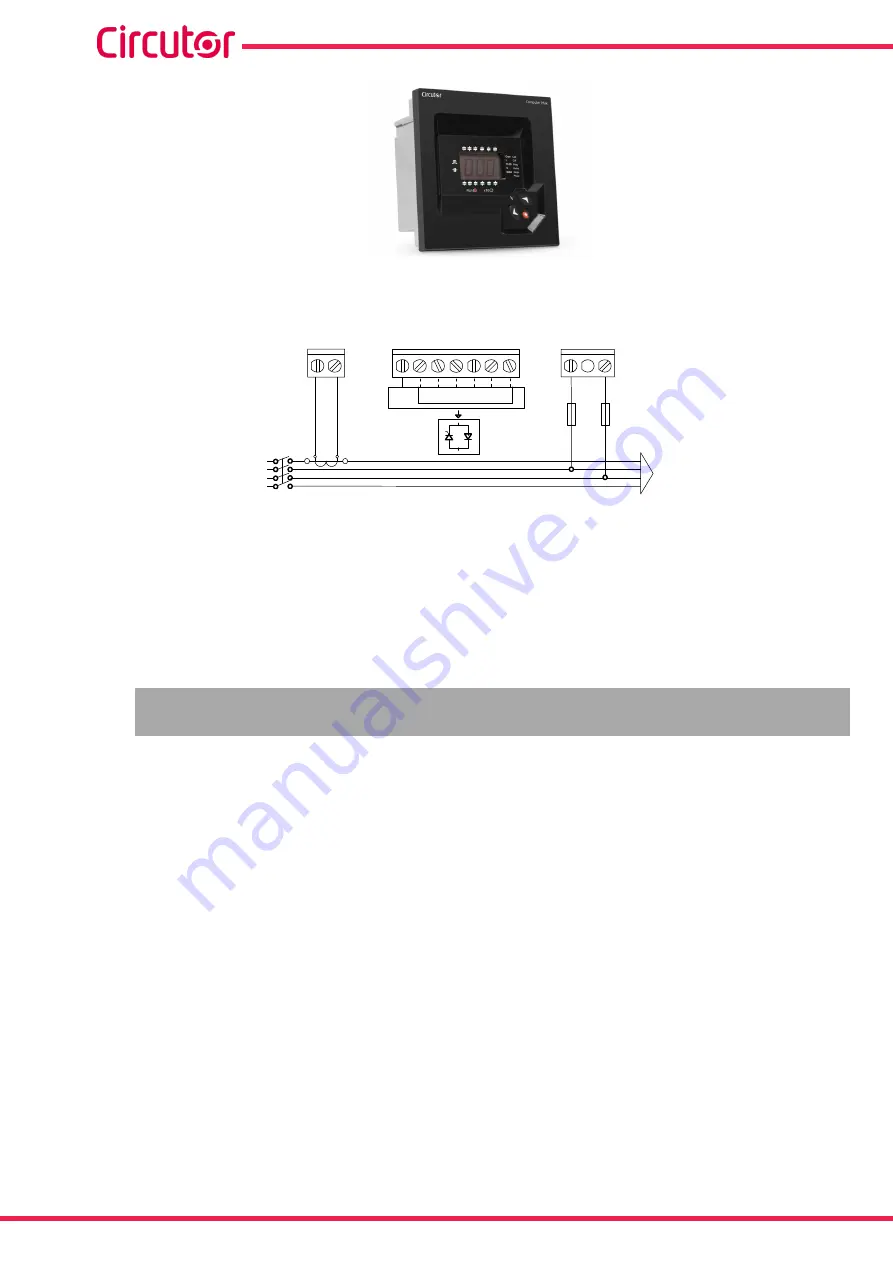
Figure 8:
Plug&Play Computer Max Regulator. (Photo as an example, it may not coincide with the model used on
your device).
-
+ C1 ... C6
-
L1
L2
L3
N
POWER
SUPPLY
0
1 2 3 4 5 6
400 V ac
A B
P1
P2
S1
S2
C
D
Figure 9:
Connection of a regulator with only one CT. (If using Computer SMART III or Computer Plus, 3 CT are used.
Check the specific manual. )
4.-
Once making sure that the regulator is properly connected, adjust the regulator parameters
for the installation you are attempting to compensate. For this, follow the instructions described
in the regulator manual included with the capacitor bank.
4.3.- CHECKS ONCE THE CAPACITOR BANK HAS BEEN CONNECTED AND THE
REGULATOR
1.-
After start-up, make sure that the device is operating correctly. A sign of proper operation is
when the display indicates a cos φ close to 1 and the reactive energy meter stops (if it is elec-
tromechanical) or the blinking rate of the kvar.h/pulse ratio indicator LED slows down.
2.-
Check that the power supply voltage does not exceed the nominal value +10% (IEC 60831-
1).
3.-
Check the current absorbed by each capacitor.
Under normal conditions, it must be close to the nominal value indicated on its dataplate and
never exceed 1.3 times this value constantly.
Continuous consumption over the nominal value may be caused by the presence of harmonics
in the network or an excessively high power supply voltage. Both circumstances are harmful
for capacitors.
4.-
In accordance with the IEC 60831-1 Standard, the capacitor is prepared to operate at the
permanent voltage assigned to it and with an overvoltage of up to 10% for 8 out of every 24
hours.
16
OPTIM FRS/FR P&P series
Instruction Manual

